Covent Garden (PART 2 OF 3)

How long are you gonna stay in London?

A little bit shorter than two weeks.
Well...better than a couple of days.
I wish I could stay over there for a whole month.
Why not?
This time I'm not alone.
Oh...? With your boyfriend?
Oh no. A group of seven.
I wonder if the group has something to do with the Cathedral's soup kitchen...and, you guys are gonna help homeless people in London.
Don't be silly, Kato...not like that. We'll enjoy sightseeing and learn cultural differences...something like that.
I see. In any case I hope you'll have a great time in London.
Thank you, Kato. Why don't you join us?
Oh no, I can't. I'd rather stay in Vancouver. As I said, I wanna hear fascinating and inspirational stories from you. I'm pretty sure you'll have some adventures and romances over there. Will you not?
Don't be silly, Kato. I won't disturb other people in my group.
You don't have to disturb other people. What I'm saying is that the whole group should be able to have some adventures and romances in London.
Like what?
Like...ah...streaking in front of the Parliament.

(diane25.jpg)

Don't be foolish, Kato. I'm a Christian. I shouldn't be running naked in any public place.

I thought you were open-minded.
Be serious, Kato. Streaking has nothing to do with open-mindedness. I think I should behave like a decent Canadian.
Good for you, Diane.
By the way, Kato, you mentioned that you went over to England 15 years ago.
Yes, I did.
What part of London do you recommend me to see?
Covent Garden.
Covent Garden
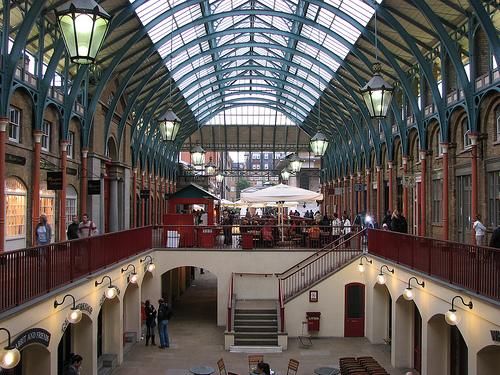
(covent01.jpg)
It is a district in London on the eastern fringes of the West End, between St. Martin's Lane and Drury Lane.
It is associated with the former fruit and vegetable market in the central square, now a popular shopping and tourist site, and the Royal Opera House, which is also known as "Covent Garden".
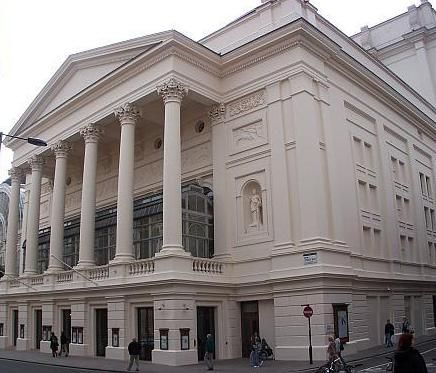
(covent06.jpg)
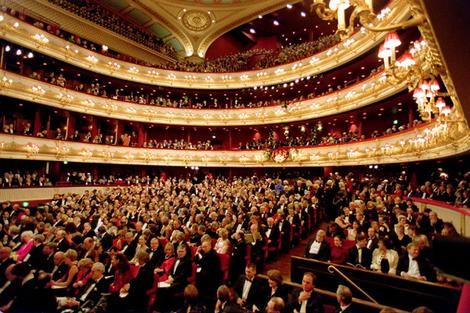
(covent05.jpg)
Lighting Design Madama Butterfly
At Royal Opera House
<iframe width="400" height="315" src="http://www.youtube.com/embed/59AmLpqV24s" frameborder="0" allowfullscreen></iframe>
The district is divided by the main thoroughfare of Long Acre, north of which is given over to independent shops centred on Neal's Yard and Seven Dials, while the south contains the central square with its street performers and most of the elegant buildings, theatres and entertainment facilities, including the Theatre Royal, Drury Lane, and the London Transport Museum.
The land, now called "the Covent Garden", was seized by Henry VIII, and granted to the Earls of Bedford in 1552.
The 4th Earl commissioned Inigo Jones to build some fine houses to attract wealthy tenants. Jones designed the Italianate arcaded square along with the church of St Paul's.
The design of the square was new to London, and had a significant influence on modern town planning, acting as the prototype for the laying-out of new estates as London grew.
A small open-air fruit and vegetable market had developed on the south side of the fashionable square by 1654.
Gradually, both the market and the surrounding area fell into disrepute, as taverns, theatres, coffee-houses and brothels opened up; the gentry moved away, and rakes, wits and playwrights moved in.
By the 18th century it had become a well-known red-light district, attracting notable prostitutes.
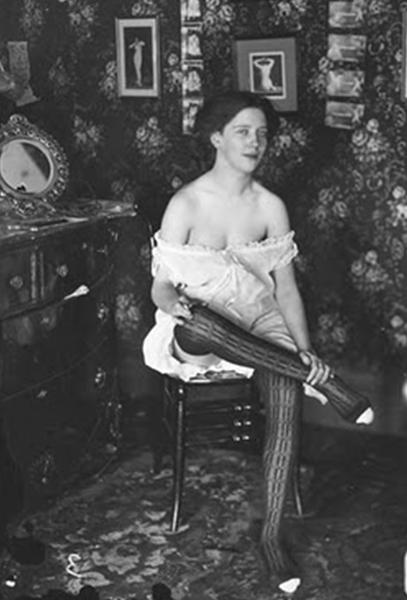
(covent04.jpg)
An Act of Parliament was drawn up to control the area, and Charles Fowler's neo-classical building was erected in 1830 to cover and help organise the market.
The area declined as a pleasure-ground as the market grew and further buildings were added: the Floral Hall, Charter Market, and in 1904 the Jubilee Market.
By the end of the 1960s traffic congestion was causing problems, and in 1974 the market relocated to the New Covent Garden Market about three miles (5 km) south-west at Nine Elms.
The central building re-opened as a shopping centre in 1980, and is now a tourist location containing cafes, pubs, small shops, and a craft market called the Apple Market, along with another market held in the Jubilee Hall.
Covent Garden, with the postcode WC2, falls within the London boroughs of Westminster and Camden, and the parliamentary constituencies of Cities of London and Westminster and Holborn and St Pancras.
The area has been served by the Piccadilly line at Covent Garden tube station since 1907; the journey from Leicester Square, at 300 yards, is the shortest in London.

Covent Garden at night
<iframe width="400" height="315" src="http://www.youtube.com/embed/9CWywIhbeHk" frameborder="0" allowfullscreen></iframe>
SOURCE: "Covent Garden"
Wikipedia, the free encyclopedia

How come you recommend this part of London?

Well... you see, it was once a well-known red-light district, attracting notable prostitutes.
Don't be silly, Kato. Why should I visit the once notorious red-light district?
I don't mean, you should streak on the street of Covent Garden.
Kato!...tsk, tsk, tsk ... you, naughty brat!...you're preoccupied with streaking, aren't you? Do you really want me to run naked in London?
Oh no ... Londoners would be more than happy to see you run naked, but the reason I recommend Covent Garden is Royal Opera House.
Why is that?
You see... As I wrote in the mail, I've been reading many books regarding "Madame Butterfly" since I received your last mail about "A Dangerous Method."
So what?
Well..."Madame Butterfly" is an opera created by Giacomo Puccini.
Puccini was an Italian composer, wasn't he?
Yes, he was.
How come you brought up Royal Opera House and Puccini together?
A good question ... Puccini had a romance with Sybil Seligman at Royal Opera House.

Sybil Seligman
Who is Sybil Seligman?
Puccini met her on his business trip to London. One of his friends introduced her to the composer, who at once liked her because she was beautiful and full of inspiration.
Was she married?
Yes, she was. Puccini could convince his wife that his friendship to Sybil was of a purely intellectual nature.
Did his wife believe it?
Well... yes and no. His wife, Elvira, was suffering from an inferiority complex for not being educated or interested in matters of art. Although she didn't believe it 100%, Elvira had no other option. So she accepted Sybil as Puccini's artistic counsel and confidant because Elvira herself was never able to be.
I see. That's how their romance started, isn't it?
That's right. Sybil was Puccini's friend, confidant and lover for more than 20 years, suggested topics and translated dramas and literature for Puccini who barely spoke an English word. Sibyl translated Oscar Wilde's "A Florentine Tragedy" for the composer, who nearly turned it into a first third of the planned trittico but then decided otherwise. Later, Alexander v. Zemlinsky adapted it and turned it into "the Florentine Tragedy."
What is the romance you're talking about, Kato?
Well... Puccini and Sybil got out to the theatre at Covent Garden every night.
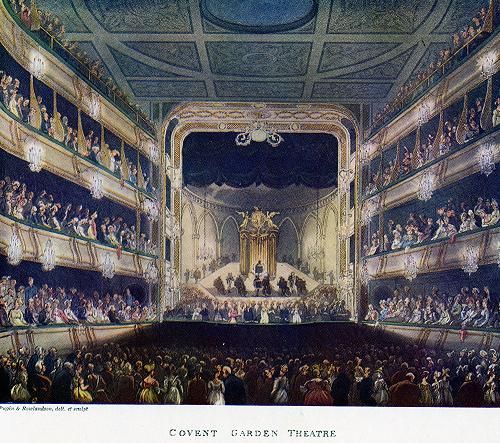
(covent03.jpg)

David, Sybil's husband and businessman, didn't like music, and didn't like Puccini at all, but he pretended to like him while her husband had allegedly countless affairs. Sybil didn't care because she enjoyed seeing operas with Puccini. Later she told her friends that those night-outs with Puccini were the happiest years of her life.

How about Puccini?
Of course, he never forget those inspirational evenings.
How come you're so sure sbout it, Kato?
'Cause one of those nights, Puccini saw with Sybil "Madame Butterfly"---a play dramatized by David Belasco. Puccini loved it and decided to turn it into his opera.
(To be followed)















